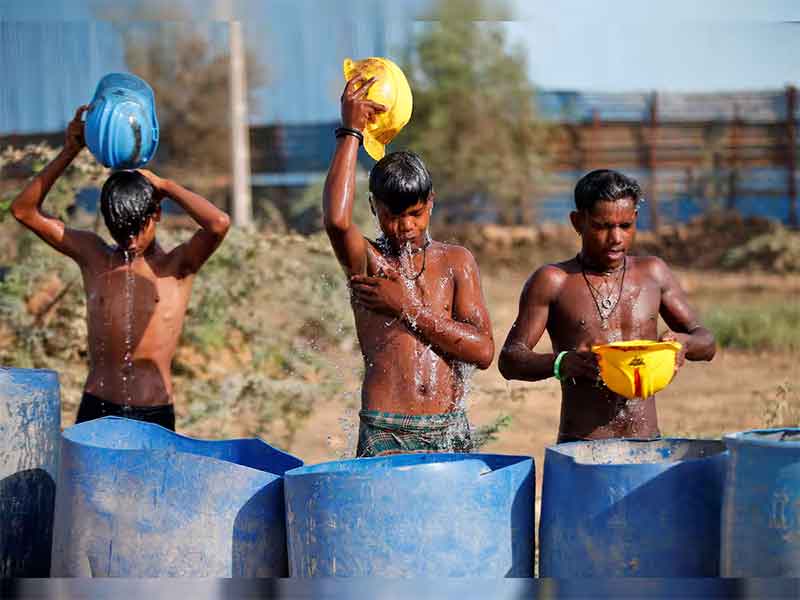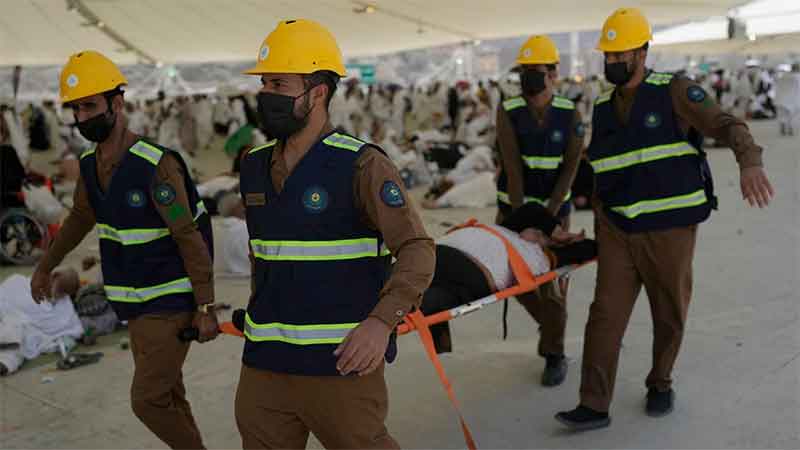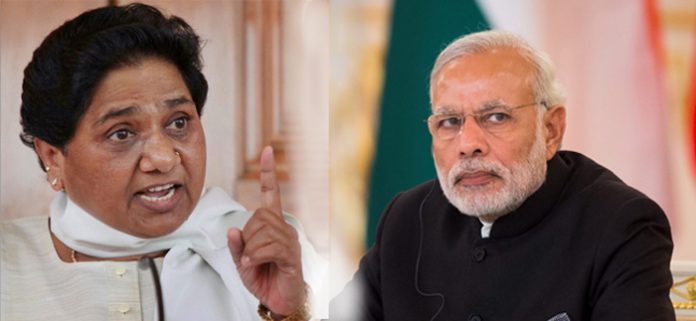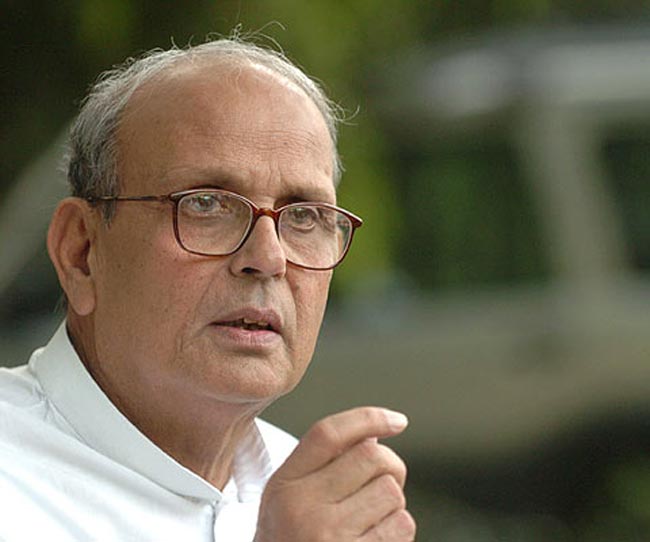
Climate Change: National Geographic defines climate change as “the long-term alteration of temperature and typical weather patterns”. The major cause of climate change is accumulation of greenhouse gases (GHGs) in Earth’s atmosphere. Human activity like burning of fossil fuels can be attributed to the recent increase in GHG emissions. There have been many international efforts for a coordinated response to climate change, the most recent one being the Paris Agreement in 2015, which required countries to put in efforts to limit the increase in global temperatures to 2 degrees celsius. The targeted best-case scenario should be to limit it to 1.5 degrees celsius.
The impact of climate change is visible in India. It has led to a significant increase in temperatures, disrupted rainfall patterns and increased the frequency of extreme weather events like floods, droughts, and cyclones. Cyclone “Nivar” hit Andhra Pradesh and Tamil Nadu in the last week of November. The India Meteorological Department (IMD) has sounded another cyclone alert for Tamil Nadu. Dubbed as Cyclone “Burevi”, it is expected to make landfall on December 4, merely a week after the devastation caused by a very severe cyclone. The 2013 Uttarakhand floods, 2020 Assam floods, Marathwada drought and accompanying farmer suicides, are some instances of the vagaries of climate change and how it is affecting livelihoods.
Locally affected areas due to climate change events are not aware of the term “Climate Change”. Instead, they identify with terms like floods, droughts, agricultural crisis, and cyclones, i.e. symptoms of climate change and something that they experience. Climate Change is a term used at international conferences by delegates, Governments, and upper-middle class people. It is an irony that those affected most by climate change are not aware of what causes their plight.
Relief Work in affected areas due to Climate Change: Private sources of expenditure like Corporate Social Responsibility (CSR) spending, family office foundations etc. for relief operations are large in quantum but questionable in motives and impact. According to Soumya Dutta, a noted environmental activist and researcher, these sources look for an improvement of brand image over a substantive ground level impact. They distribute goodies like caps and t-shirts with corporate branding and disappear without catering to essential needs of the affected locals. In contrast, Government organizations like Public Sector Undertaking (PSUs) are more receptive of local needs. They are flexible with their budgets depending on the on-ground situation and demand of local volunteers. This might be due to the nature of source of funding – private sources might be more concerned about financial constraints and a more profitable use of capital as compared to a PSU.
However, since the launch of national schemes like Swachh Bharat Abhiyan, Clean Ganga Mission, PSU CSR spending has diverted. Eligibility of these schemes for CSR and directives from the Government to contribute to them has left little money for relief efforts in affected areas.
Even the affected locals are not strangers to corporate behaviour. They know the “scheme” – distribute non-essential gifts, click pictures, shoot videos and leave. This has made it difficult for social workers to get acceptance in affected areas. Locals are suspicious when engaging with all kinds of social work. However, once an organization gains confidence, locals accept their help with open arms and cooperate with them for relief work.
Possible Solution: A solution for climate change being propagated is a shift to renewable energy. However, such a shift does not come without its share of problems and misconceptions. For meeting climate change targets, the contribution of coal in energy must be brought down by 73-97% by 2050. However, coal mines directly employ close to 5,00,000 people with many more people working in proximity like tea stalls, local kirana stores and related industries like coal-based power plants in India. It then becomes a question of phasing out vs. phasing down coal in India due to the large dependence on coal.
Globally, banks and financial institutions are moving to low carbon financing. For instance, Royal Bank of Scotland (RBS) has said that it will end coal financing by 2030, ING has stopped financing new coal projects, Société Générale halted coal financing in 2017 etc. However, many problems have been cited against a transition away from coal:
- Geographical concentration: Coal mines are highly concentrated in certain locations (for instance, Jharia, Bokaro, Dhanbad are the major coal centers in India, all located in Jharkhand). Entire communities depend on it for their livelihood.
- Human Capital: Coal miners often suffer from skill shortages due to lack of quality education in coal clusters. A shift away from coal might leave them unemployed.
- Mobility of Labour: In an attempt to transition to coal-free energy, workers will have to be shifted to other locations.
- Culture and Identity: Coal clusters often develop their own cultural identities linked to the major economic activity of coal mining. A transition away from coal will affect individual and group identities.
However, many activists differ. They say that we should have a broader view of the relationship between employment and coal. In an acclaimed study on the Tata Mundra Power project in Kutch, Gujarat, one of the major concerns raised was the pre-project impact on the area. Before the project, the surrounding coastal areas were a source of livelihood for local fishermen, who were displaced due to the ecological disturbance caused by the power plant. This fact was overlooked while approving the project. Thus, there was a net loss of livelihoods. This illustrates the idea of externalities, and how they are not included while evaluating project feasibility.
One feasible solution is “Just Transition”. It includes retraining coal workers for an easier transition to renewable energy. We should go even a step further and also include communities whose livelihoods were affected due to coal projects. This retraining can be done for both renewable energy and other unrelated sector jobs like manufacturing, services etc. “Just Transition” will entail a small investment for multiple benefits – a smooth transition to renewable energy with minimal social loss. Thus, all investments in renewable energy to replace coal should include a condition to retrain coal workers and rehabilitate lost livelihoods.
Government action needs to be backed by the private sector in ensuring a smooth transition away from coal. Such a move is inevitable, and it should be ensured that no livelihoods are lost in the process of shifting to clean energy.
Vineet Narang is a second-year management student at Indian Institute of Management, Ahmedabad. He believes in an equitable society and supports environmental and educational causes.
SIGN UP FOR COUNTERCURRENTS DAILY NEWSLETTER














































